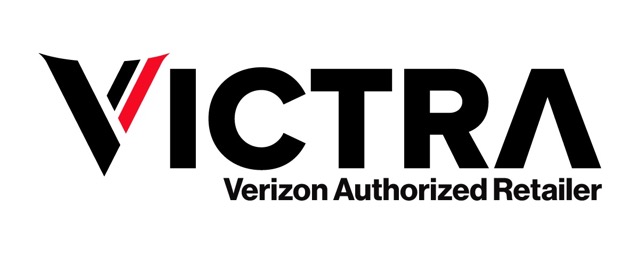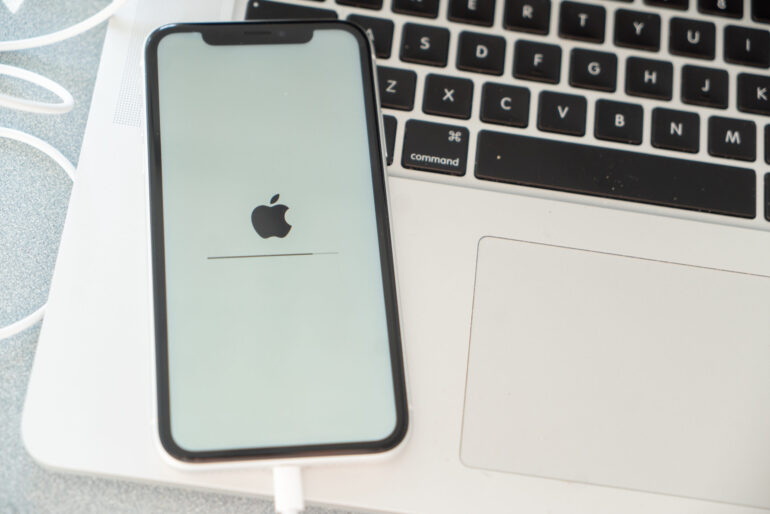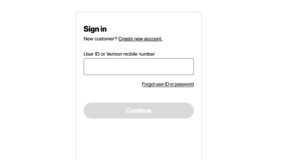Table of Contents
Today, we delve into the essential practice of safeguarding your iPhone data with backups. We’ll explore how to back up an iPhone effectively and efficiently, ensuring that your valuable information remains secure and accessible.
What is a Back up?
A back up is a copy of all data on your phone that is stored in a different location, such as a computer or a cloud service.
The Importance of iPhone iCloud Backup
The information an iPhone contains is irreplaceable, from your contact information to that special photo from your last vacation – and it all can be lost if you don’t back up your phone on a regular basis.
Often, people only consider backups when they transfer data to a new iPhone, but it’s important to have a recent iPhone iCloud backup to restore data should your phone be compromised for some reason (for instance, if you need to restore an iPhone to factory settings).
With that in mind, here’s how to perform an iPhone iCloud backup, restore your phone to a recent backup, and transfer data to a new phone.
How To Backup iPhone Data To iCloud
One of the easiest ways to back up iPhone data is to back data up to iCloud, Apple’s cloud storage, and cloud computing service. iCloud offers 5 GB of free data storage, with the option of purchasing additional storage as needed.
To perform an iPhone iCloud backup, take the following steps:
- Connect your iPhone to a trusted Wi-Fi network (completing a backup can take a while, so you don’t want to perform one while using your data plan).
- Go to Settings > iCloud > Backup.
- If it isn’t already on, turn on iCloud Backup.
- Double-check to make sure you’re on a WiFi connection.
- Tap Backup Now.
- Wait until the backup is complete.
To check that the backup worked, go to Settings > iCloud > Storage > Manage Storage and select your iPhone. You should see your backup listed along with the date of the backup and the amount of data stored.
What Does iCloud Backup?
An iCloud backup stores the following data:
- App data (But not the apps themselves. Those you’ll have to redownload)
- Device settings
- Homescreen data
- iMessage, SMS, and MMS messages
- Photos and videos
- Ringtones
- Visual voicemail passwords
- Your purchase history from Apple services, so you can redownload any music, movies, TV shows, apps, and books you bought
Contacts, calendars, bookmarks, notes, and voicemails are already stored in iCloud, so are not included in an phone backup.
Activating An iPhone iCloud Backup Restore
If you have to erase and reinstall an iPhone’s operating system (a common solution to fix a device that’s running slowly), you can perform an iPhone iCloud backup restore to redownload any data erased during the rest process. To do so:
Perform an iCloud backup as described above and check Settings > iCloud > Storage > Manage Storage to ensure the backup was completed.
- Go to Settings > General > Reset.
- Tap Erase All Content and Settings.
- During the setup process, follow on-screen instructions (including setting up your Wi-Fi) until you reach the Apps & Data screen.
- Select Restore from iCloud Backup.
- Sign in to your iCloud account, go to Choose Backup, and tap your most recent backup.
How To Transfer Data To A New iPhone
How To Transfer iPhone Data via iCloud
The iCloud, Apple’s cloud storage service, offers an easy way to backup your valuable iPhone data. When you first sign up for iCloud storage, you receive 5 GB of free data storage. When you add up photos, videos, ringtones, and other data, most people eventually need more storage space for an iPhone data transfer. You can sign up for 50 GB, 200 GB, and 2 TB of iCloud storage, so you’ll be able to save all your data while maximizing your iPhone’s storage space.
Here’s how to backup iPhone data to iCloud:
- Connect your phone to a Wi-Fi network you trust.
- Open Settings > iCloud > Backup.
- Toggle on iCloud Backup if it isn’t already on.
- Tap Backup Now.
- Wait for the backup to complete.
Once the backup is complete, you can check that it worked by going to Settings > iCloud > Storage > Manage Storage. Tap on your iPhone, and you should see the backup listed by its date and the amount of data stored.
iCloud backs up the following data from your phone:
- App data (Note: iCloud does not back up actual apps, which will have be downloaded again if you switch to a new phone or reset your phone to factory settings)
- Device settings
- Homescreen data
- Photos
- Purchase histories from all Apple services (so you can redownload purchases)
- Ringtones
- Text messages from iMessage, SMS, and MMS
- Videos
- Visual voicemail messages
iCloud automatically stores your contacts, calendars, notes, bookmarks, and voicemails, so these do not need to be part of your backup.
How to Transfer iPhone Data With Quick Start
Apple’s Quick Start is an easy way to transfer data from iPhone to iPhone. To use Quick Start, both phones must be Bluetooth enabled and run iOS 12.4 or later. For best results, update both phones to the latest available iOS for each phone.
To transfer data from iPhone to iPhone using Quick Start, take the following steps:
- Turn on both iPhones and lie them next to each other.
- On the new iPhone, select Choose Your Language. The next screen will be the Quick Start screen.
- On the old iPhone, you’ll see a pop-up asking if you want to use your Apple ID to set up the new phone. Tap Continue.
- Pick up the old iPhone and position its camera view so it overlaps the circular pattern that appears on the new phone screen. Plug both phones in if their batteries are low, so they don’t die in the middle of the data transfer.
- On the new iPhone, follow the on-screen prompts and then tap Transfer Your Data > Transfer from iPhone. Agree to the terms and conditions, and choose what settings and data you want transferred.
- Once the new phone finishes prepping for the transfer, the old phone will display a Transferring Data screen with a progress bar. The new iPhone will also display a Transferring Data from [Your] iPhone screen.
- Once the transfer is complete, check to make sure your apps have the data you need. On your old phone, tap Continue to return to the home screen. If the transfer was successful, you can now restore your old iPhone to factory settings, wiping your data from the device.
Upgrading From a Device With a Later Version of iOS
It doesn’t happen often, but sometimes you need to transfer data to a new iPhone that’s running an older iOS than your old device. This can cause problems transferring data from one phone to the other. Fortunately, there is a workaround:
- Make a new backup of your old device to either iCloud or iTunes.
- Start your new iPhone and set it up as a new device without transferring any data between the phones.
- On the new iPhone, go to Settings > General > Software Update.
- Once your new device is running the same OS as your old device, reset it by going to Settings > General > Reset > Erase all Content and Settings.
- Restart your new phone and go through the setup process once more. This time, however, transfer data from iCloud, iTunes, or through Quick Start.
Erasing Your Old iOS Device
One of the most important steps in managing your phone data is erasing data from your old phone to ensure no unauthorized person can access your personal information. Before erasing data from an old iOS device, be certain you have backed up or transferred all the data you want to keep, because once you erase your data there’s no going back! To erase data directly from the device, turn off Find My iPhone then go to Settings > General > Reset > Erase all Content and Settings. You’ll be asked to enter your password or Apple ID password. Do so when prompted, and wait until the process is finished. You can now safely dispose of your old phone.




